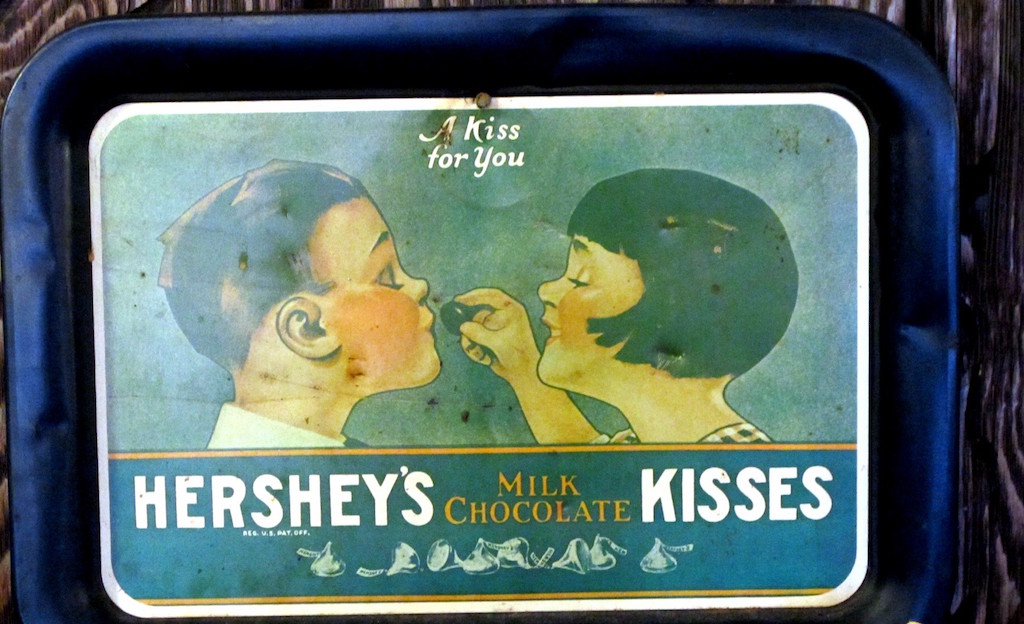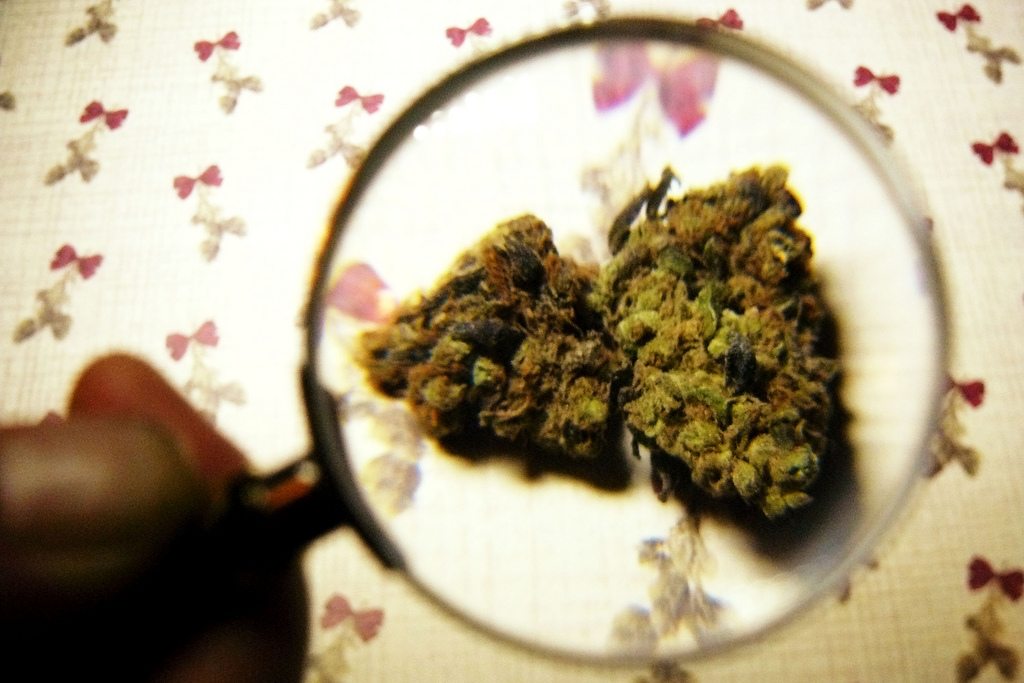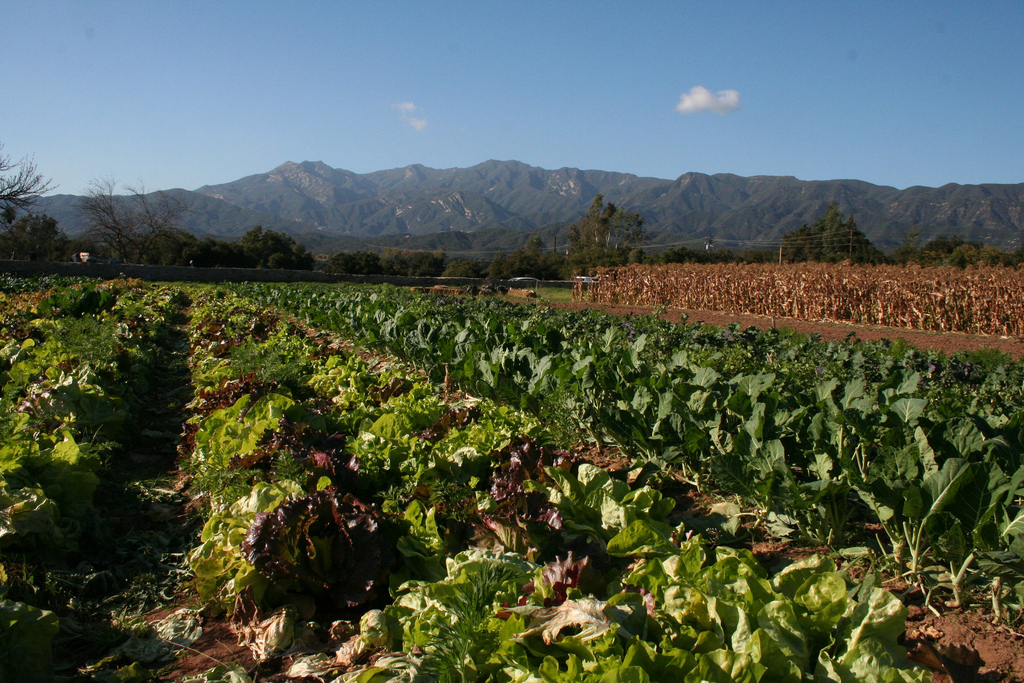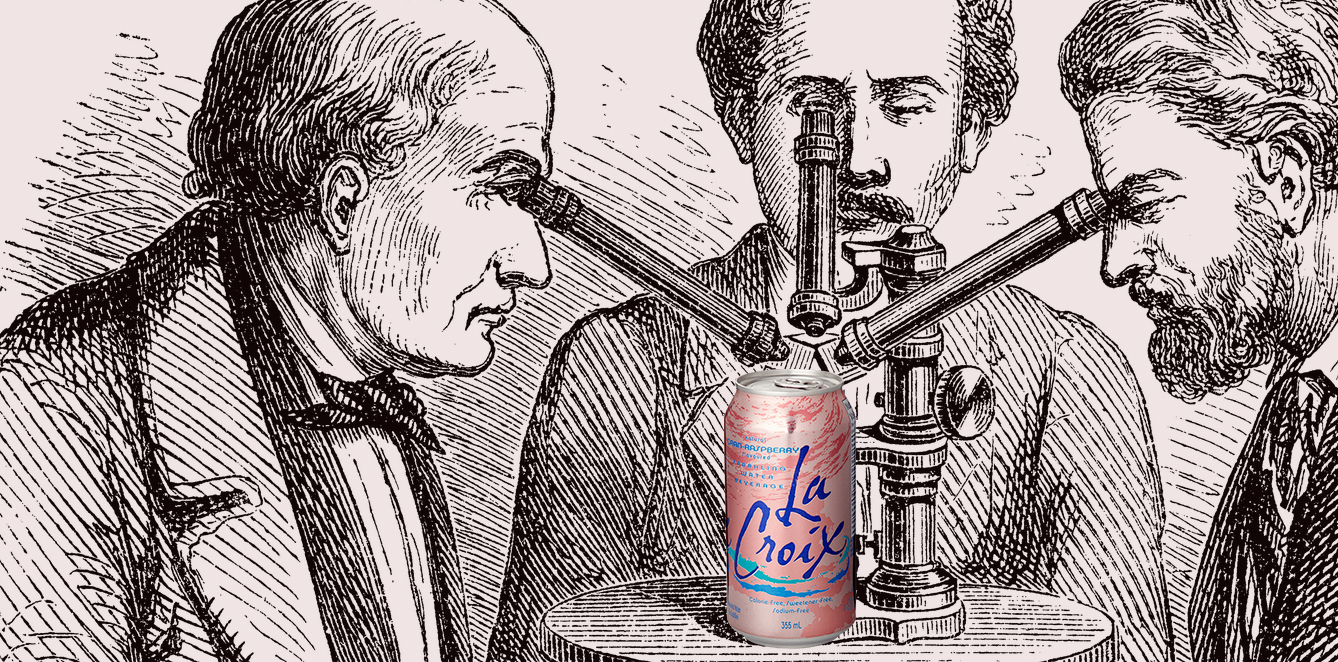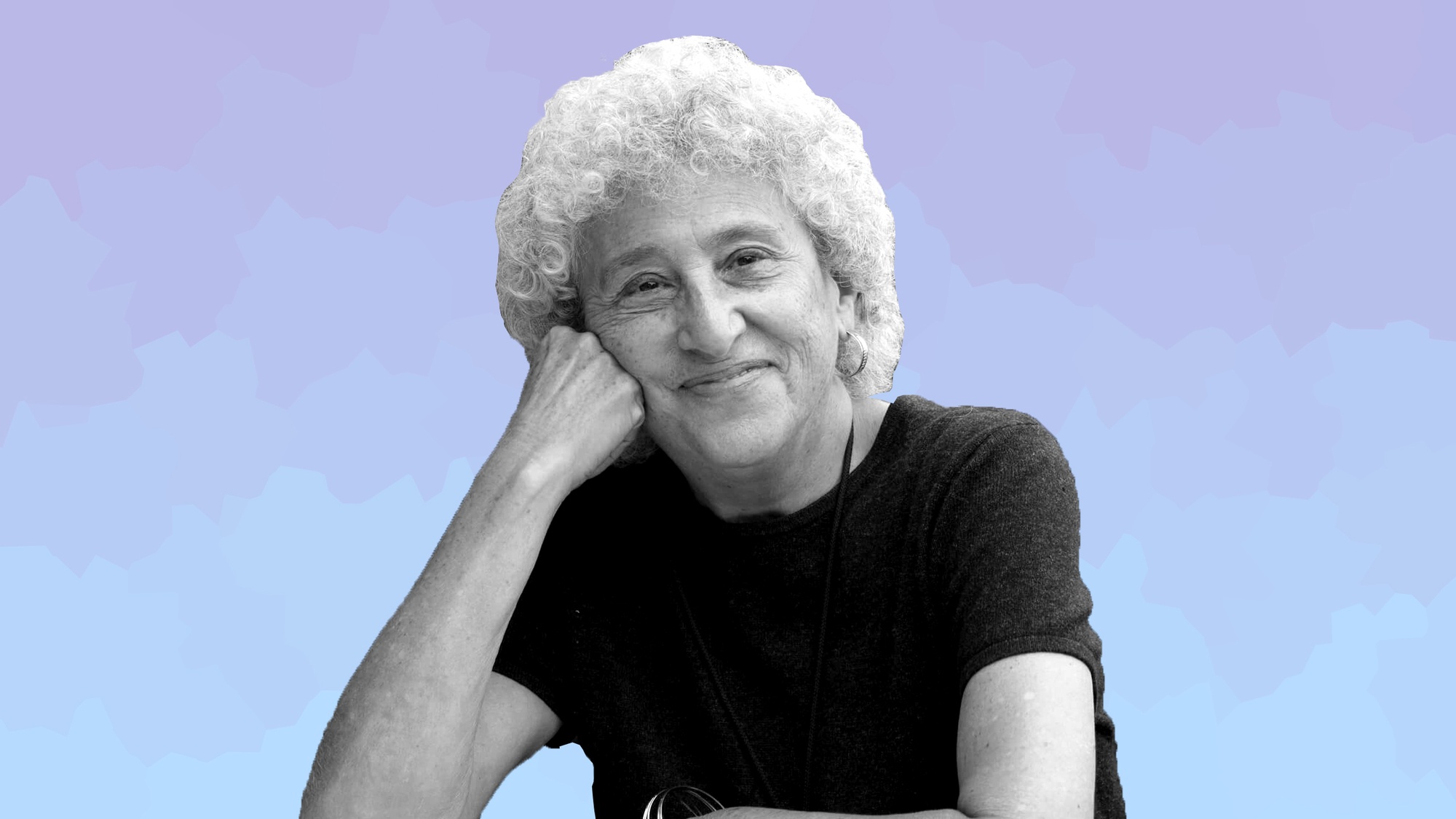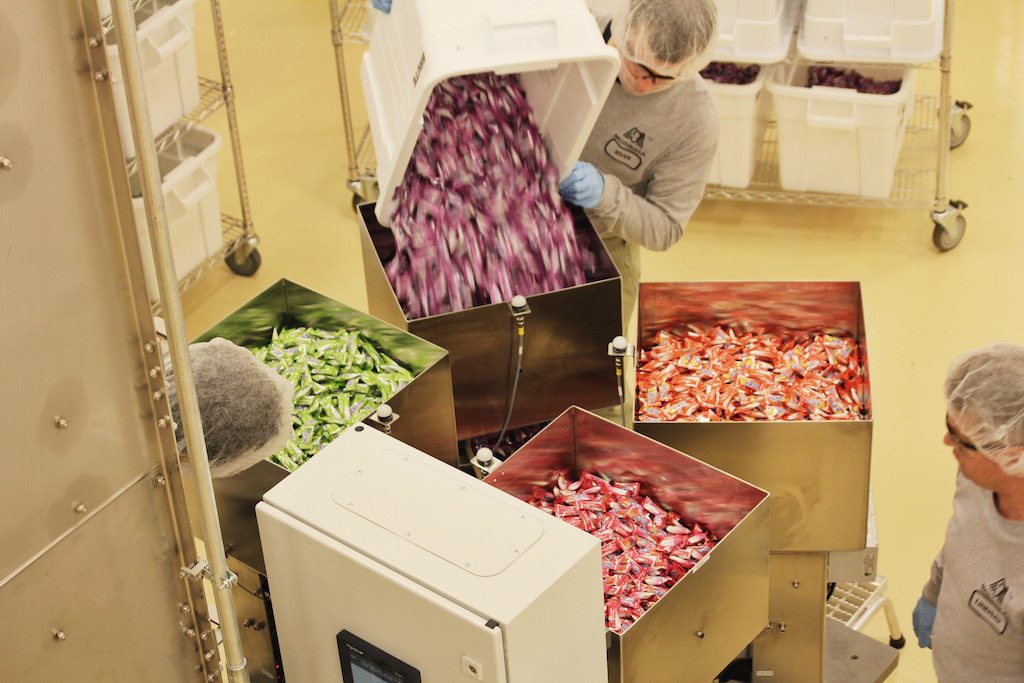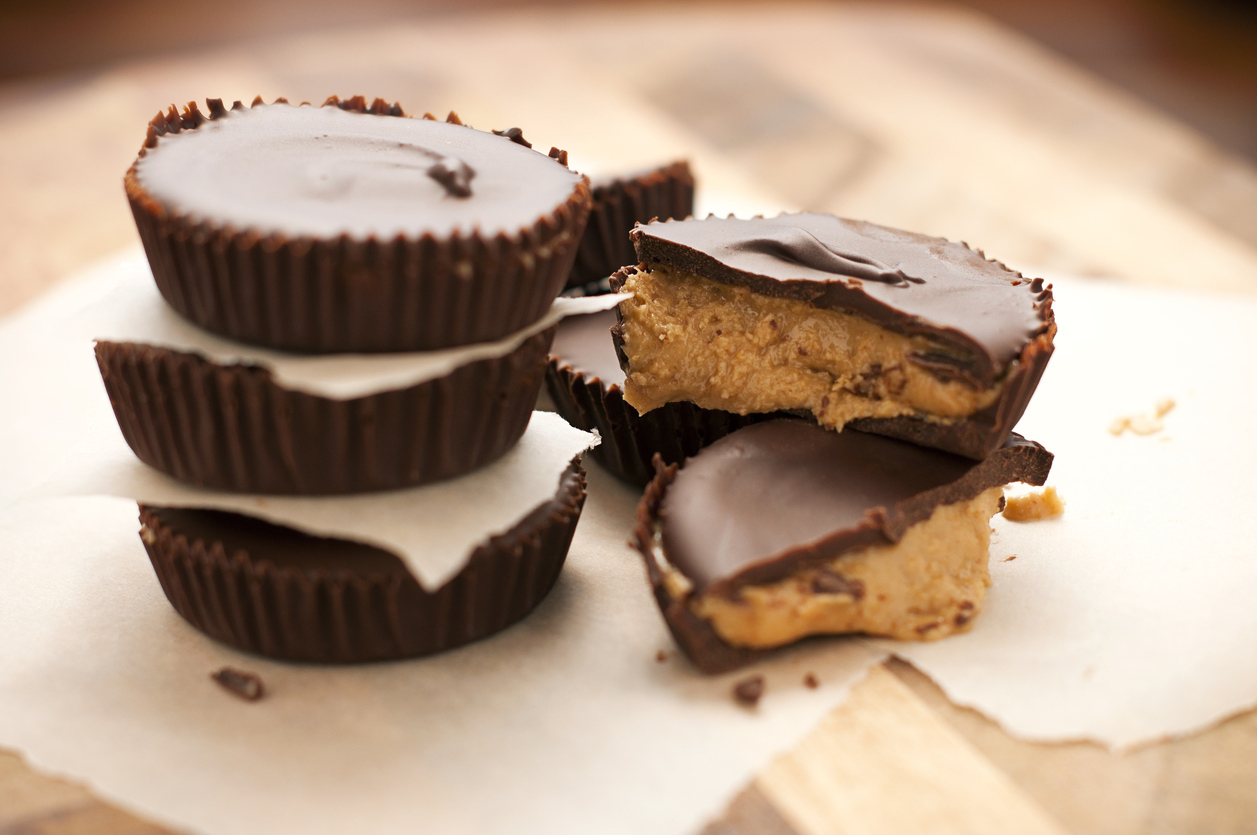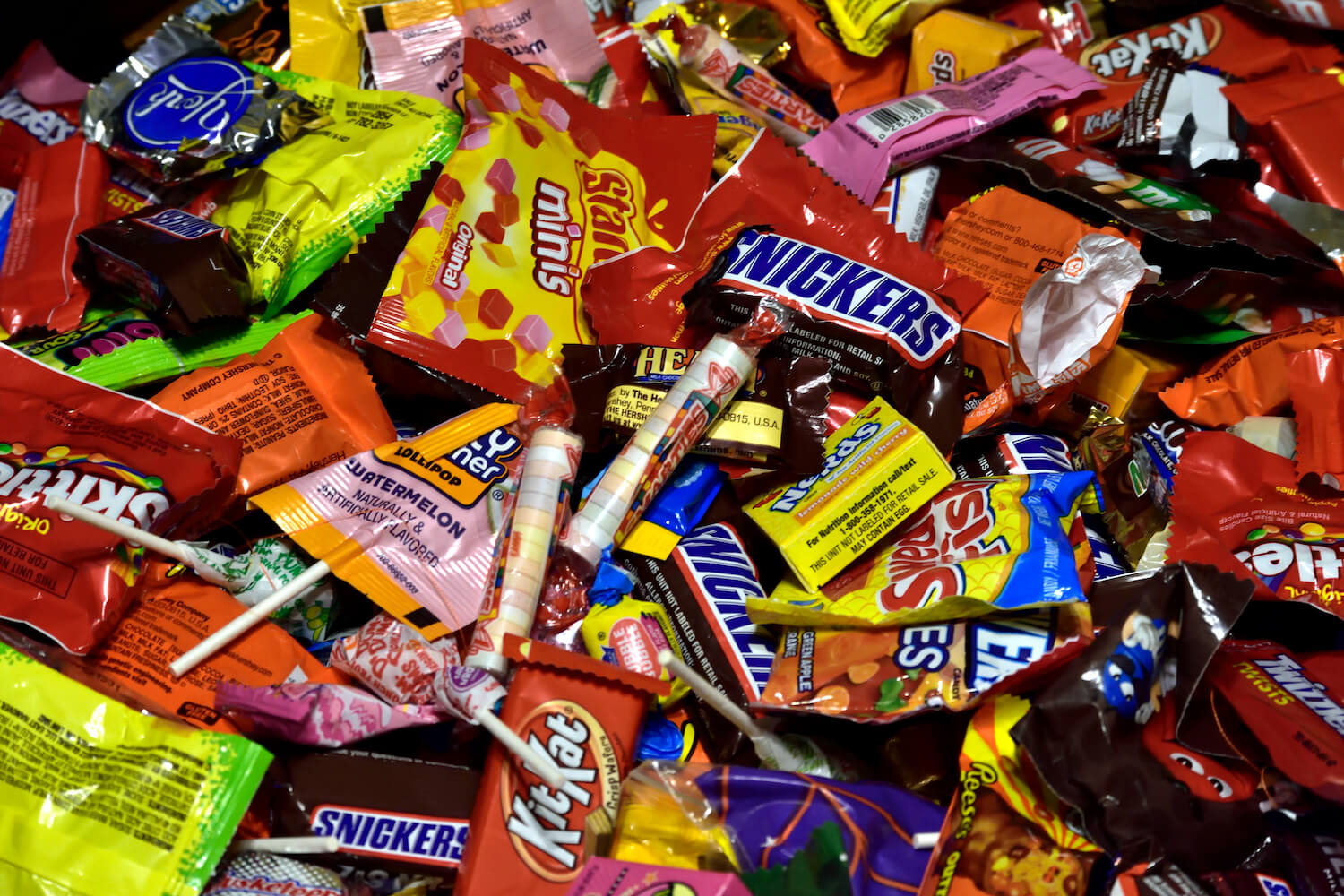
iStock / TracieMichelle
How a press push by the National Confectioners Association helped to assure Americans that #HalloweenisHappening—resulting in weeks of pandemic-defying holiday candy sales.
Across the United States, grocery aisles are filling up with bulk bags of candy corn and milk chocolates. Bright red endcaps burst with seasonal treats. Stacks of plastic Jack O’ Lanterns wait to be sold. There’s just one problem: This year, according to federal guidelines, the annual ritual of Halloween trick-or-treating really shouldn’t happen—at least not the way it’s happened in the past.
On Monday night, as summer came to a close, the Centers for Disease Control and Prevention (CDC) issued new health and safety guidance for what could be, from a public health standpoint, a catastrophic autumn. To minimize further spread of the coronavirus, the agency said that fall holidays will need to be different this year, beginning with Halloween.
Among the recommendations? No door-to-door trick-or-treating, costume parties, haunted houses, or hayrides. Even costume masks—which aren’t a substitute for cloth masks—aren’t enough to stop the spread of the virus.
“Many traditional Halloween activities can be high-risk for spreading viruses,” reads the guidance, which is meant to supplement, not replace, orders from local health authorities. “There are several safer, alternative ways to participate in Halloween,” like carving pumpkins with your family, virtual costume contests, an outdoor movie night—or an open-air, one-way, walk-through haunted forest “where appropriate mask use is enforced.”
(“If screaming will likely occur,” the agency notes, “greater distancing is advised.”)
“If screaming will likely occur,” CDC notes, “greater distancing is advised.”
If that spells doom for Halloween, the candy industry doesn’t want to hear it. For months, the National Confectioners Association (NCA)—a trade group that represents 600 candy manufacturers, suppliers, and brokers—has led an effort to ensure that the holiday it calls its Super Bowl goes on as planned. With billions of candy sales on the line, the group has taken up an aggressive press campaign, and enlisted a former CDC official, to reiterate a simple message: #HalloweenisHappening.
“One thing is for sure—Halloween is happening!” reads one press blast, sent on August 10.
“96% of Parents Plan to Celebrate Halloween,” screams another release, sent August 18.
“There will be regional differences across the country in terms of how people choose to celebrate,” reads another, sent on September 9. “Whether this means trick-or-treating, more candy bowl moments at home with family and close friends, or just more time celebrating the season throughout the month of October, one thing is for sure—Halloween is happening.”
[Subscribe to our 2x-weekly newsletter and never miss a story.]
Americans eat a lot of candy every year, buying over $37 billion worth of chocolate, sweets, gum and mints last year in 2019, according to a March report issued by NCA. In a survey of 1,500 adults, 69 percent of respondents said they bought candy at the grocery store as part of regular shopping, though pharmacies and convenience stores represent major sales, as well.
In recent months, food has been a continual source of personal comfort for many—so it shouldn’t surprise anyone that cheap, sweet, and ubiquitous candy has proven to be remarkably pandemic-proof. Between March 15 and September 6, chocolate and candy sales are up by 4 percent compared to the year prior, says Chris Gindlesperger, NCA’s vice president for public affairs. That’s driven by a 16-percent spike in grocery store sales, which have done brisk business during the pandemic.
“Chocolate and candy have been very resilient in this Covid-19 environment,” NCA’s president John Downs said in an August press release, announcing similar figures. “Consumers appreciate and value chocolate and candy during these uncertain times because of their uncanny ability to boost your mood and lighten your perspective.”
But “Halloween candy” has specific meaning in the candy industry, and it’s a bit of a different beast: the term refers to all seasonal candies specifically packaged for the holiday, like bulk bags of trick-or-treat-sized sweets. Despite the pandemic, these sales are up 13 percent over last year in a four-week period ending September 6. Sales of Halloween chocolate—think spooky Kit-Kats, orange-and-black M&Ms, and milk chocolates wrapped in Wolfman foil—are up 25 percent.
Americans buy roughly 14 percent of all their sweets during the eight weeks that precede Halloween—a period that saw $4.6 billion in sales in 2019.
For candy companies, it’s critical that those sales continue—no matter what fate may befall this year’s Halloween. It is the biggest of the industry’s “big four” holidays, which also include Valentine’s Day, Easter and the winter holidays. Fueled by costume parties and trick-or-treating, Americans buy roughly 14 percent of all their sweets during the eight weeks that precede Halloween—a period that saw $4.6 billion in sales in 2019.
So while demand for Halloween candy is up so far, there’s no telling what could happen in the final weeks leading up to the holiday. That home stretch is a key period for candy companies: 55 percent of Mars Wrigley’s Halloween candy sales usually happen in the last two weeks of October, the Associated Press reports.
Now, without the typical reveling, that late October business could be at risk. California theme parks have canceled their high-profile Halloween events. New York City put the kibosh on its annual Halloween parade, which normally draws crowds of over 50,000. Salem, Massachusetts, has dialed back a monthlong celebration. And, earlier this month, Los Angeles County became the country’s first public health depatment to issue guidance for safely celebrating Halloween. After intially banning trick-or-treating outright, the health department walked back its stance, saying the activity simply isn’t recommended.
So with billions of dollars of sales on the line, the candy industry has sprung into action. Some companies got a jump start, rushing their Halloween candy into stores two weeks early this year, says Lauren O’Toole Boland, an NCA spokesperson. That’s contributed to the bump in those seasonal item sales, which accounted for $749 million last year, according to NCA’s March report.
The trade association also launched a public relations blitz aimed at the media and health officials in cities, states and in Washington, D.C.
“We are optimistic that the Mayor will put together a fun, creative and safe Halloween celebration for the City of Chicago,” reads a press release sent September 10, after The Chicago Tribune warned Mayor Lori Lightfoot not to “ghost” Halloween.
This summer, NCA additionally commissioned two polls that have since been used to drum up anticipation for Halloween. In a poll conducted by The Harris Poll in June, 74 percent of millennial mothers and young parents said Halloween is “more important than ever” this year, and 90 percent said they couldn’t imagine the holiday without candy and that trick-or-treating is “irreplaceable.” In a July poll conducted by Morning Consult, 63 percent of people said they will find “creative and safe ways” to celebrate Halloween. The end goal has been to create a sense that normal Halloween rituals—mostly involving the consumption of candy—are indispensable and unavoidable, even in a highly abnormal and uniquely dangerous year.
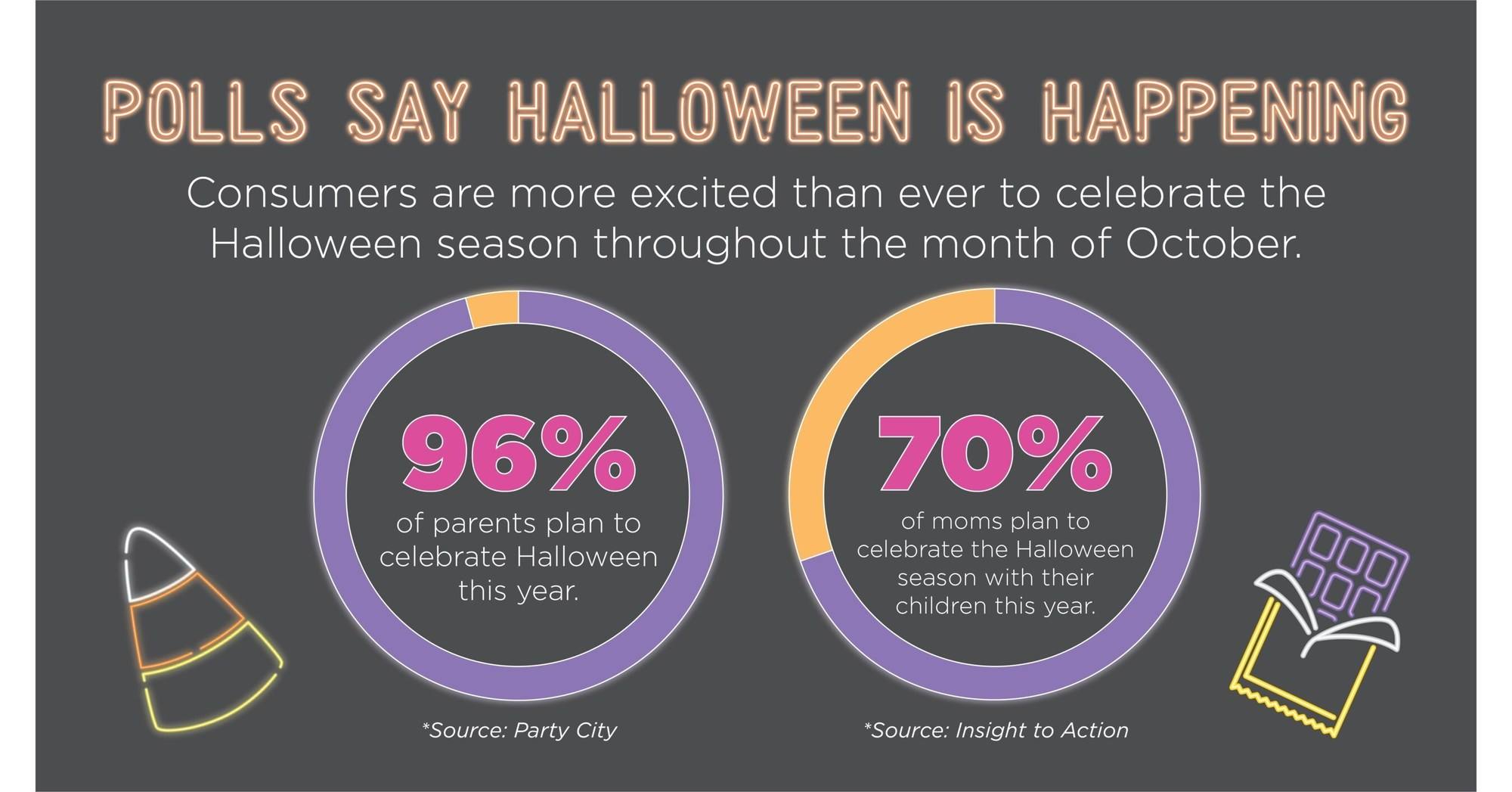
Marketing materials from the National Confectioners Association, like the graphic shown here, helped establish a narrative that Halloween trick-or-treating can’t be stopped—even by the Covid-19 pandemic.
National Confections
Gindlesperger said NCA also “works very closely” with members of Congress, and encouraged the co-chairs of the Congressional Candy Caucus, Democratic Representative Ann Kuster of New Hampshire, and Republican Representative Jackie Walorski of Indiana, to seek “potential pathways for people to celebrate the Halloween season” safely. In August, Kuster and Walorski were among a bipartisan group of 30 members of Congress who signed a letter to CDC Director Robert Redfield to publicly comment on alternative Halloween activities—such as video costume parties, drive-through trick-or-treating, and “leaving packages of sweet treats for friends and neighbors to pick up”—that minimize exposure to the virus.
“With the appropriate guidance from the CDC, Americans can celebrate Halloween throughout the month of October in ways that prioritize community safety and adhere to rigorous [social] distancing requirements,” the letter reads.
NCA even hired Stephen Ostroff, a former Food and Drug Administration (FDA) deputy commissioner and CDC epidemiologist, to craft public health messaging. In a September memo aimed at city and state health departments, Ostroff, now a private consultant, outlined “practical steps and ideas to follow that allow Halloween to be celebrated safely while still having fun, given that there will be regional differences across the country.”
Those recommendations are also published on an NCA website, Halloween Central, that the association says is “taking the guesswork out of Halloween.” The site features other tips for Covid-era treating, along with newspaper editorials, testimonials from elected officials, and plenty of reminders that “experts agree” the holiday must go on.
“We for years have been a part of the conversation around Halloween, because of the central role that chocolate and candy play in the holiday,” Gindlesperger said. Ostroff was contracted for this year’s push, he said, because public health “is not an area where we’re experts, and we don’t pretend to be.”
Certainly, the candy industry does not see the CDC guidance as tantamount to canceling Halloween. To the contrary: In a statement, NCA said the guidance “reinforced that Halloween is happening, and provides inspiration for creative and safe approaches,” whether that’s an “at-home celebration,” or socially distanced “fun from a distance.” Ostroff, the former FDA official, pointed specifically to the CDC’s suggestion of a “one-way,” grab-and-go-style set-up at the edge of a driveway or lawn.
Gindlesperger, meanwhile, points to a Cincinnati dad who made a six-foot candy chute, attached to a handrail, to deposit candy to neighborhood kids at a safe distance.
“If that doesn’t speak to 80 percent of people believing in safe ways to celebrate this year,” he said, “I don’t know what does.”

